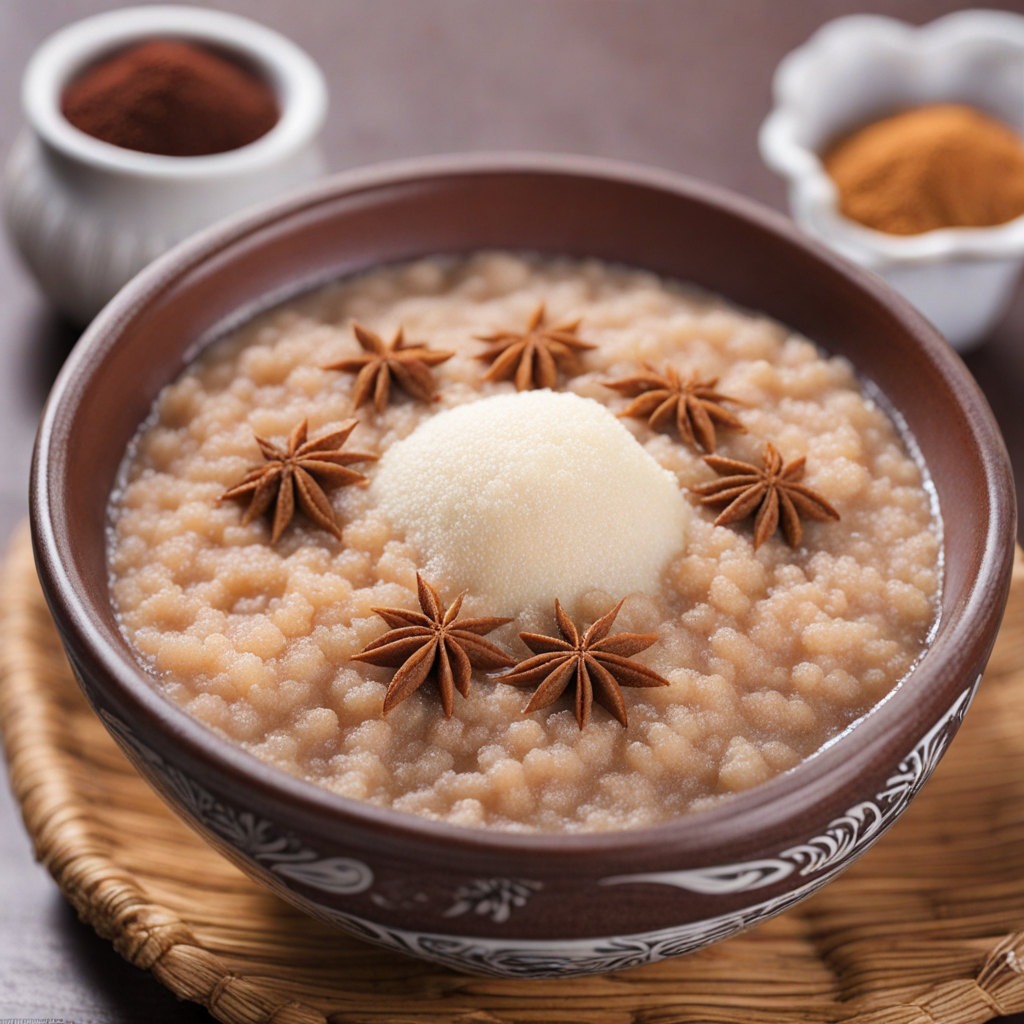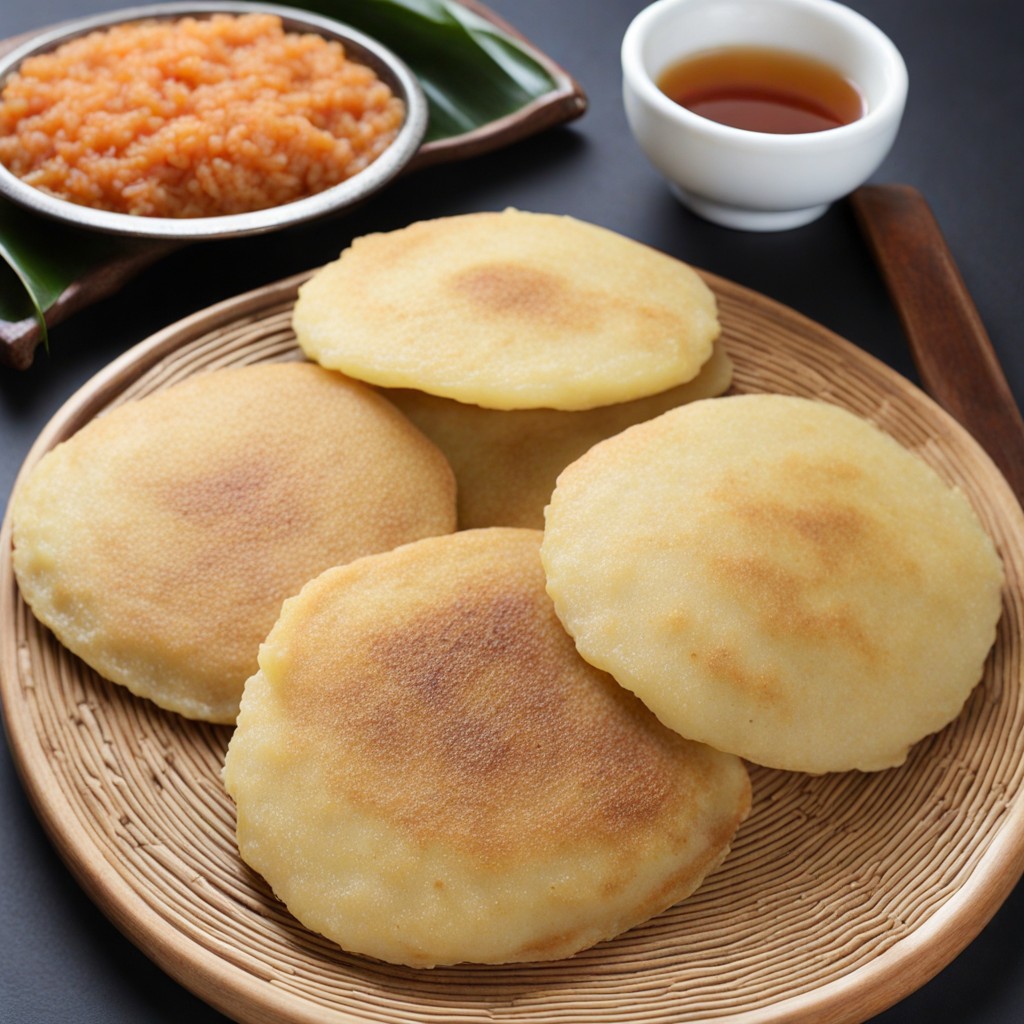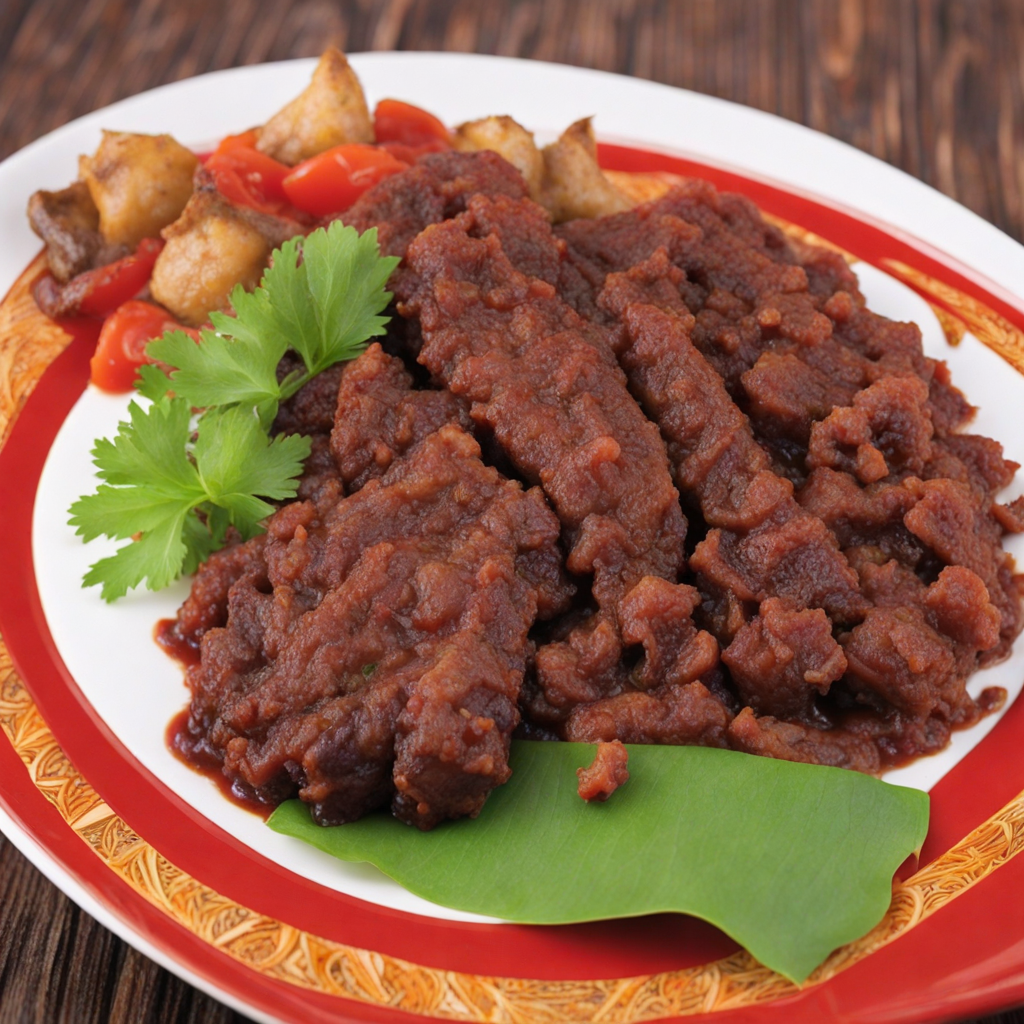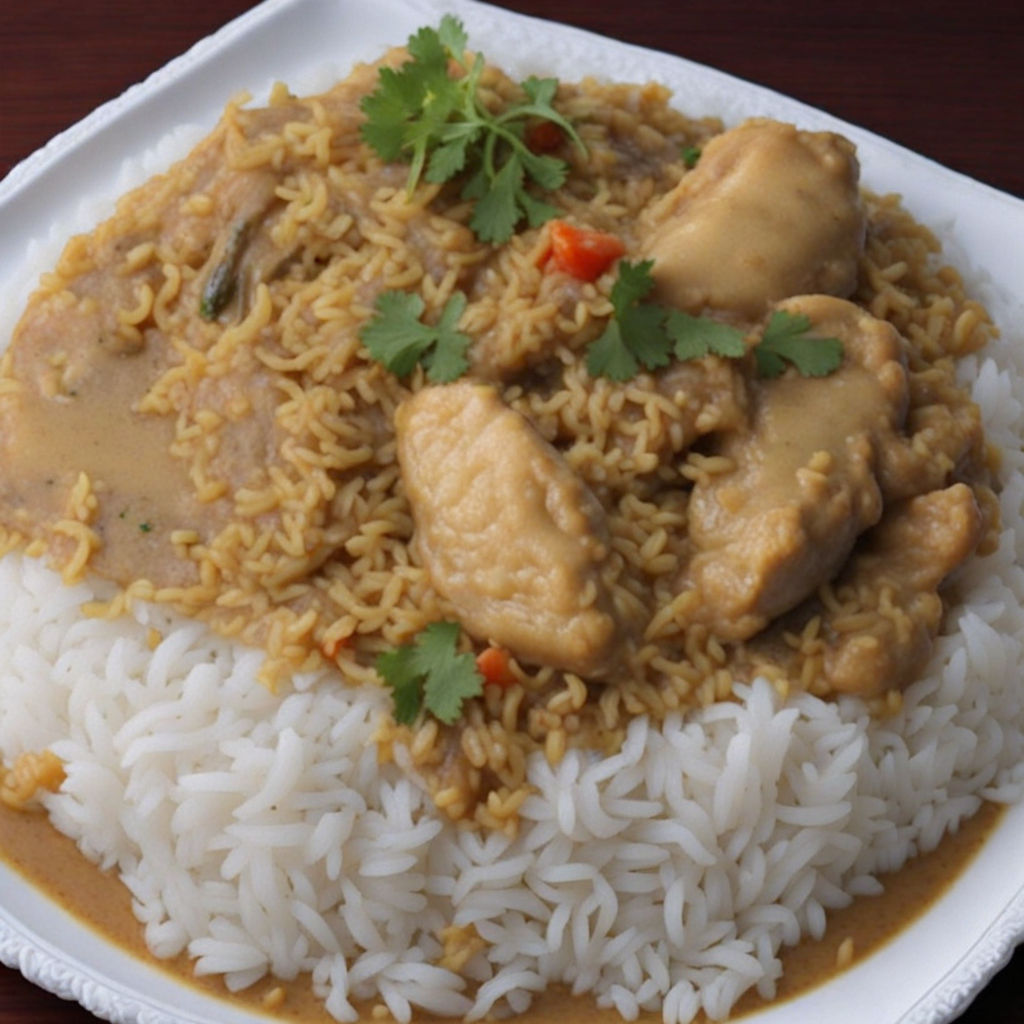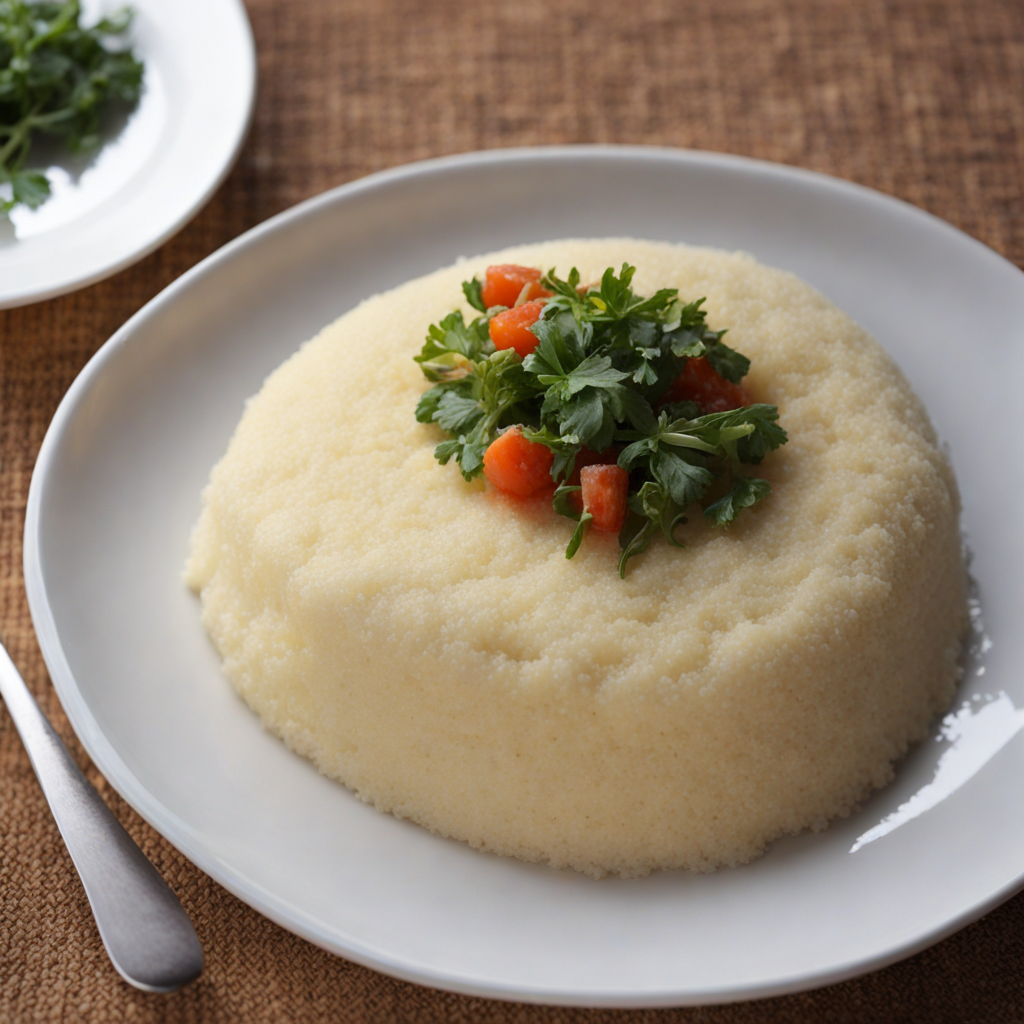Uji
Uji is a beloved traditional dish from Tanzania, often enjoyed as a warm, nourishing porridge that serves as a staple in many households. Made primarily from grains like maize, millet, or sorghum, Uji is typically cooked until it reaches a smooth, creamy consistency. The grains are usually finely ground and then simmered with water, resulting in a comforting bowl of porridge that is both filling and satisfying. The texture is velvety, with a slight thickness that makes it perfect for savoring slowly, especially during breakfast or as a midday snack. What makes Uji particularly delightful is its versatility. While the basic version is delicious on its own, it can be enhanced with various ingredients to cater to different tastes. Common additions include sugar or honey for sweetness, milk or yogurt for creaminess, and spices like cinnamon or cardamom for warmth. Some people even incorporate fruits such as bananas or mangoes, adding a refreshing burst of flavor. This adaptability allows Uji to be enjoyed in numerous ways, making it appealing to a wide range of palates. In Tanzanian culture, Uji is not just food; it is often associated with nurturing and care. It is frequently served to children, the sick, and postpartum mothers, underscoring its reputation as a healthful, restorative dish. The communal aspect of sharing Uji with family and friends further enriches the experience, creating moments of connection and warmth. Overall, Uji encapsulates the essence of Tanzanian cuisine—simple yet deeply comforting, allowing those who taste it to experience a significant part of the country’s culinary heritage.
How It Became This Dish
The History of Uji: A Culinary Journey through Tanzania Uji, a traditional porridge made primarily from millet, sorghum, or maize, has been a staple of Tanzanian cuisine for centuries. This humble dish not only nourishes the body but also serves as a cultural emblem that reflects the agricultural practices, social structures, and culinary traditions of the communities that have embraced it. #### Origins of Uji The roots of uji can be traced back to ancient agricultural societies in East Africa. The word "uji" itself is derived from the Swahili language, which reflects the region's rich linguistic and cultural tapestry. Historically, the practice of grinding grains into flour for porridge is believed to have emerged with the domestication of cereal crops, around 2000 to 3000 years ago. The indigenous people of Tanzania, including the Bantu-speaking communities, cultivated various grains, notably millet and sorghum, which were prevalent in the region due to their resilience to drought and poor soil conditions. As communities formed and agricultural practices developed, uji became a principal source of sustenance. It was an efficient way to utilize local grains, which provided essential nutrients for growing populations. The versatility of uji allowed it to adapt to various regional ingredients, making it a dish that varies significantly from one area to another, reflecting local tastes and agricultural practices. #### Cultural Significance Uji is much more than just a meal; it is woven into the fabric of Tanzanian culture. Traditionally, it has been associated with significant life events and rituals. For instance, uji is often served to newborns as a first food, symbolizing nourishment and growth. It is also a staple during weddings, funerals, and cultural festivals, marking its importance in communal gatherings and celebrations. The communal aspect of uji cannot be overstated. In many Tanzanian households, preparing and eating uji is a family affair. The process of making uji often involves multiple generations, where elder members teach younger ones the traditional methods of preparation and the significance behind the ingredients used. This act of cooking together fosters a sense of community and continuity, passing down culinary wisdom and cultural identity through generations. Moreover, uji has gained recognition for its nutritional benefits. It is often enriched with diverse ingredients such as sugar, honey, milk, fruit, or groundnuts, making it a balanced meal. In a country where food security has been a concern, uji represents an accessible, nutritious option for many families. Its ability to be tailored to individual dietary needs and preferences further enhances its role as a dietary staple. #### Evolution over Time As Tanzania has evolved, so too has the preparation and perception of uji. In the pre-colonial era, uji was primarily made using traditional methods. Grains were hand-ground using stone mortars and pestles, which not only required considerable skill but also made the process time-consuming. The resulting porridge would vary in thickness and flavor, depending on the grain and preparation technique. The colonial period brought significant changes to Tanzania's agricultural landscape. European colonizers introduced new crops and agricultural practices that began to alter the traditional food systems. Although this led to the introduction of new varieties of maize and other cereals, many communities retained their traditional grains and methods of preparation. The resilience of uji can be seen in its ability to absorb influences while maintaining its core identity. In the post-colonial era, Tanzania underwent substantial economic and social transformations. Urbanization and changes in lifestyle led to a shift in food consumption patterns. While many urban dwellers began to favor convenience foods, uji remained a beloved dish, often prepared in households as a quick and nutritious meal. It adapted to modern cooking methods, with some families using electric blenders and stovetops, making the preparation quicker while still honoring traditional flavors. In recent years, there has been a resurgence of interest in traditional foods like uji, driven by a growing awareness of health and nutrition. As the global movement towards organic and locally sourced foods expands, uji is being rediscovered as a healthful option rich in vitamins and minerals. Organizations promoting local agriculture have also emphasized the importance of traditional grains, advocating for their use in modern diets to combat malnutrition and enhance food security. #### Uji in Contemporary Tanzania Today, uji is a ubiquitous presence in Tanzanian culture. It is served at breakfast, as a snack, or even as a dessert, showcasing its versatility. In urban areas, uji stalls and restaurants have emerged, offering various versions of this beloved dish, often infused with contemporary twists to appeal to younger generations. For example, some vendors now serve uji with exotic toppings like coconut, dried fruit, or flavored syrups, blending tradition with innovation. Moreover, uji has made its mark beyond the borders of Tanzania. As Tanzanian communities have migrated globally, they have introduced uji to new audiences, sharing its rich history and cultural significance. This has sparked interest in East African cuisine, leading to the inclusion of uji in international food festivals and culinary events. #### Conclusion Uji stands as a testament to the resilience and adaptability of Tanzanian culture and cuisine. Its journey, from ancient agricultural practices to a modern culinary staple, reflects the rich tapestry of history, tradition, and community that defines Tanzania. As both a nourishing food and a cultural symbol, uji continues to play a vital role in the lives of Tanzanians, bridging generations and fostering connections through the simple act of sharing a meal. In an ever-changing world, uji remains a cherished dish that nourishes both body and spirit, embodying the essence of Tanzanian heritage.
You may like
Discover local flavors from Tanzania


